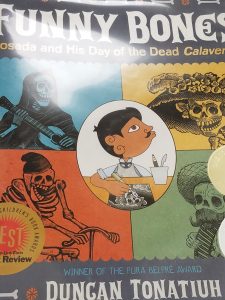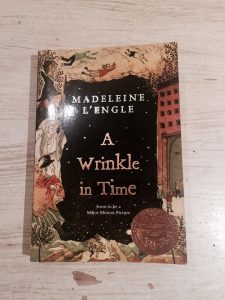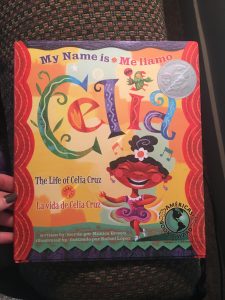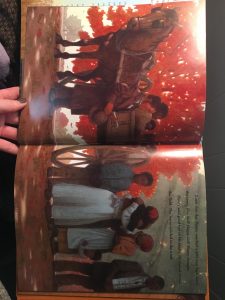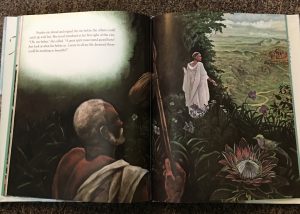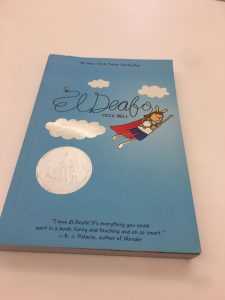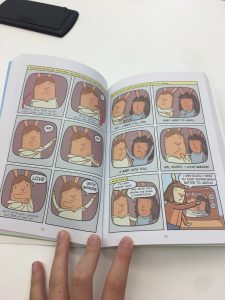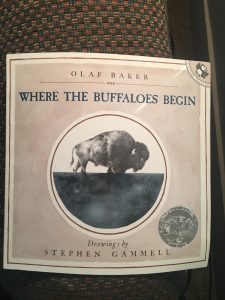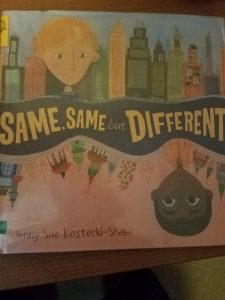
Title: Same, Same, but Different
Author: Jenny Sue Kostecki-Shaw
Illustrator: Jenny Sue Kostecki-Shaw
Publisher and Year: Henry Holt and Company, 2011
Number of pages: 40
Tags/Themes: Award Book, Culture, Fiction, Picture Book, Social Science, K-5, Evan White
Genre: India; Children’s; cultural; picture book
Descriptive Annotation: Same, Same, but Different is about two pen pals named Elliot and Kailash. Elliot lives in America and Kailash lives in India. They write back and forth about their life. As they write they discover there are a lot of similarities between the two, like climbing trees, taking a school bus, and how they live with their families. With every similarity, there is a photo to show the cultural differences between the two cultures and a photo of the boys doing the same activity just in different ways. The students need no background knowledge.
Classroom Application: This text can be used to reinforce social science and cultures. Possibly when learning about continents/countries, a teacher could use this text to learn a little about India. It can be used to encourage students to think more in similarities with humans rather than finding differences, crafting a social bonding with people of diverse cultures/communities, regardless of where they live. This book could also be used to introduce pen pals for the classroom, encouraging the students to learn about their new friends’ culture and how it relates to theirs. This can build appreciation in their real life.
Linguistic and Cultural Diversity Analysis: This book represents the Indian culture. It shows beautiful drawings of Kailash living in a diverse yet similar way to Americans that highlights his value. Kailash shows Elliot how his family, school, and city works outlining some basic cultural values and norms within India. I think this book could be introduced by teaching the students what a pen pal is, then going into the story. Ending the story with starting a pen pal assignment to put in practice what the story spoke about . There is much to ask about a pen pal and learning differences and the value in those differences. “That is my tree house where I play. I live in a red brick building with my mom, dad, and my baby sister. I live with my family too-all twenty-three of us-my mom, dad, sister, brother, grandmother, grandfather, aunties, uncles, cousins…” (8). This quote is awesome because it shows how what American culture sees extended family can be internal for other people. In addition, this is common for families in America too. “A great river flows through my village. Peacocks dance under trees shaped like umbrellas” (13). This quote shows how beautiful Kailash’s village is. The page has bright colors with beautiful buildings with peacocks dancing. It’s very elegant and shows so much value in their city Kailash loves.

